Home
Welcome to Sanatana. Universal. Contemporary. Eternal.
Illuminating the path, one verse, one story, one hymn at a time.
Sanatana Decode is dedicated to preserving and sharing the timeless wisdom found in the sacred verses, hymns, and teachings of the Vedas, Itihasas (Ramayana and Mahabharata), Puranas, Upanishads, Brahmanas, Aranyakas, and Dharma Shastras. Alongside these, we embrace the profound spiritual disciplines of Ayurveda, Yoga, and Jyotisha, as well as the devotional beauty of Aartis, Bhajans, Stotrams, temple inscriptions, ritual manuals, and festival traditions. We also seek to honor the historical legacy of Bharat’s ancient kings, temples, and saints. In the process, the number of preserved teachings may well exceed a million—and we welcome that abundance with gratitude..
Sanatana Decode proudly includes parallel wisdom streams from Jain Agamas, Buddhist Tripitakas, and Sikh Gurbani — creating a holistic gateway to the sacred, cultural, and philosophical heritage of India.
Vedas — Where the Universe Found Its Voice.
Before there were books, there was breath.
Before there were philosophies, there was pure sound — heard by the rishis, not written by them.
The Vedas are not just scriptures; they are the primordial vibrations of the cosmos, sung in Sanskrit, echoing through fire, silence, and soul.
They hold the hymns of creation, the rhythms of nature, and the questions of eternity.
To study the Vedas is not to read — it is to remember what we already knew, deep within.
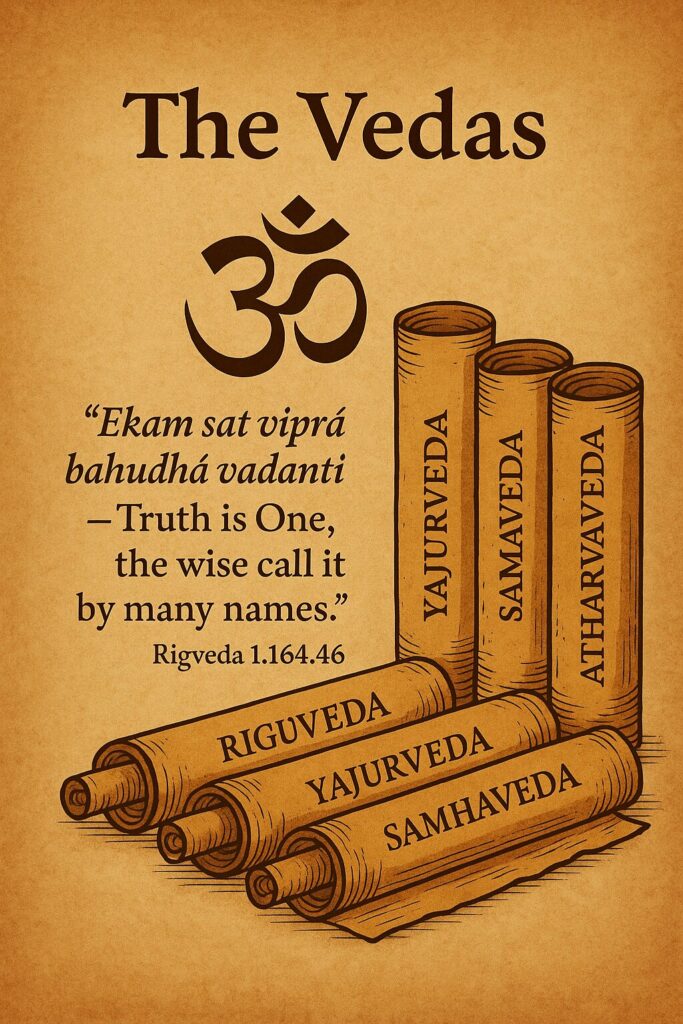
Vedas
The Vedas are the timeless spiritual texts of Sanatana Dharma, revealing divine knowledge through hymns, rituals, melodies, and mystical wisdom.
They guide humanity from outer sacrifice to inner realization, forming the sacred foundation of Indian philosophy, yoga, and cosmic harmony.
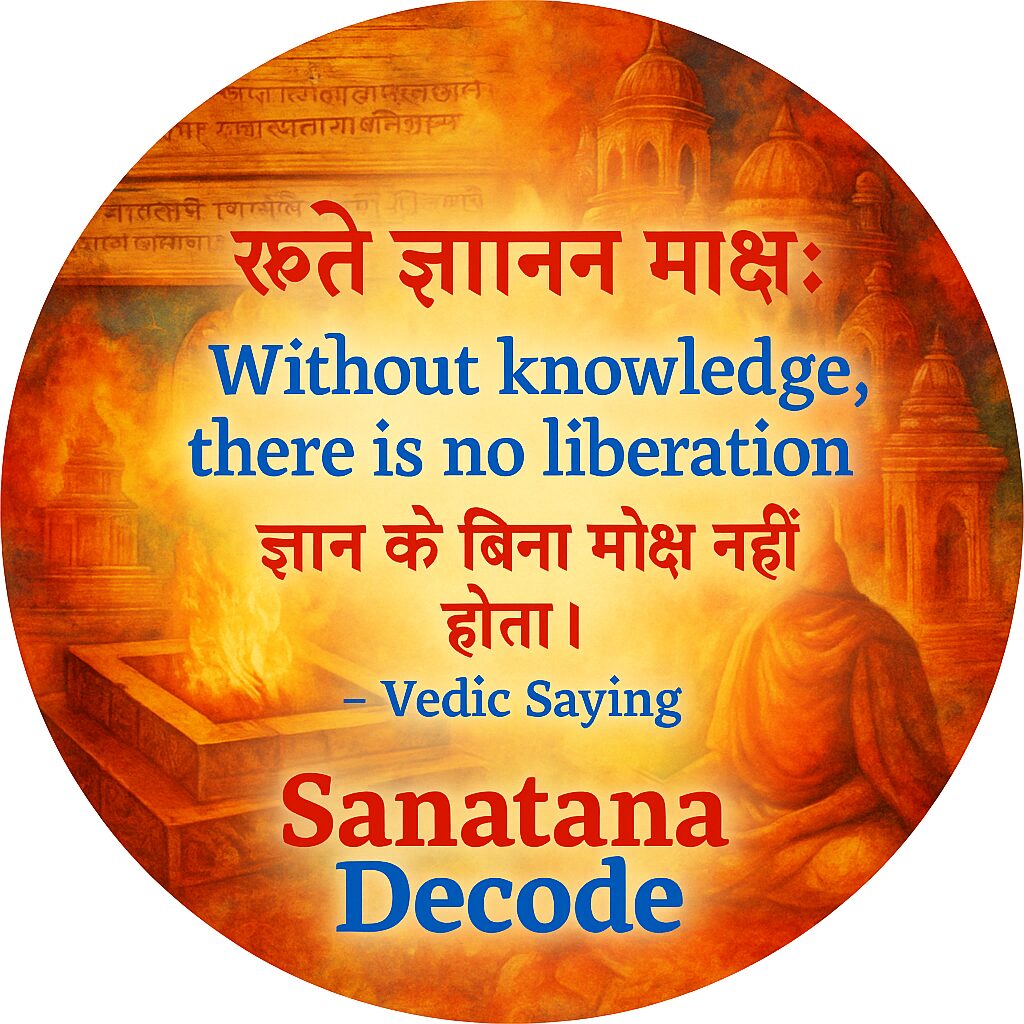
Four Layers of Vedic Literature
The Four Layers of Vedic Literature—Samhitas, Brahmanas, Aranyakas, and Upanishads—form the spiritual and philosophical foundation of Sanatana Dharma, guiding seekers from ritual to realization.

Samhitas- 1st Layer
The Samhitas, the first layer of Vedic literature, are sacred collections of hymns, mantras, and prayers dedicated to various deities. They form the ritualistic core of the Vedas, preserving divine sounds that connect humanity with cosmic order.
The Four Layers — One Truth, Four Pathways to Touch It
The Vedas are not a single voice — they are a symphony of four sacred dimensions.
From the chanting of Samhitas to the ceremony of Brahmanas, from the silence of the Aranyakas to the awakening of the Upanishads — each layer guides the seeker deeper.
They are not just texts, but steps of a sacred ascent — from sound to ritual, reflection to realization.
To walk through these layers is to move from the outer fire to the inner flame.
And in that flame, the self dissolves — and Dharma begins.

Brahmanas – 2nd Layer
The Brahmanas, the second layer of Vedic literature, offer detailed instructions on Vedic rituals and ceremonies. They explain the significance behind sacred rites, connecting the outer rituals with deeper cosmic principles and divine order.

Aranyakas – 3rd Layer
The Aranyakas, the third layer of Vedic literature, bridge ritual and philosophy. Composed in forest hermitages, they explore symbolic meanings behind Vedic rites, guiding seekers from external worship toward inner contemplation and spiritual introspection.
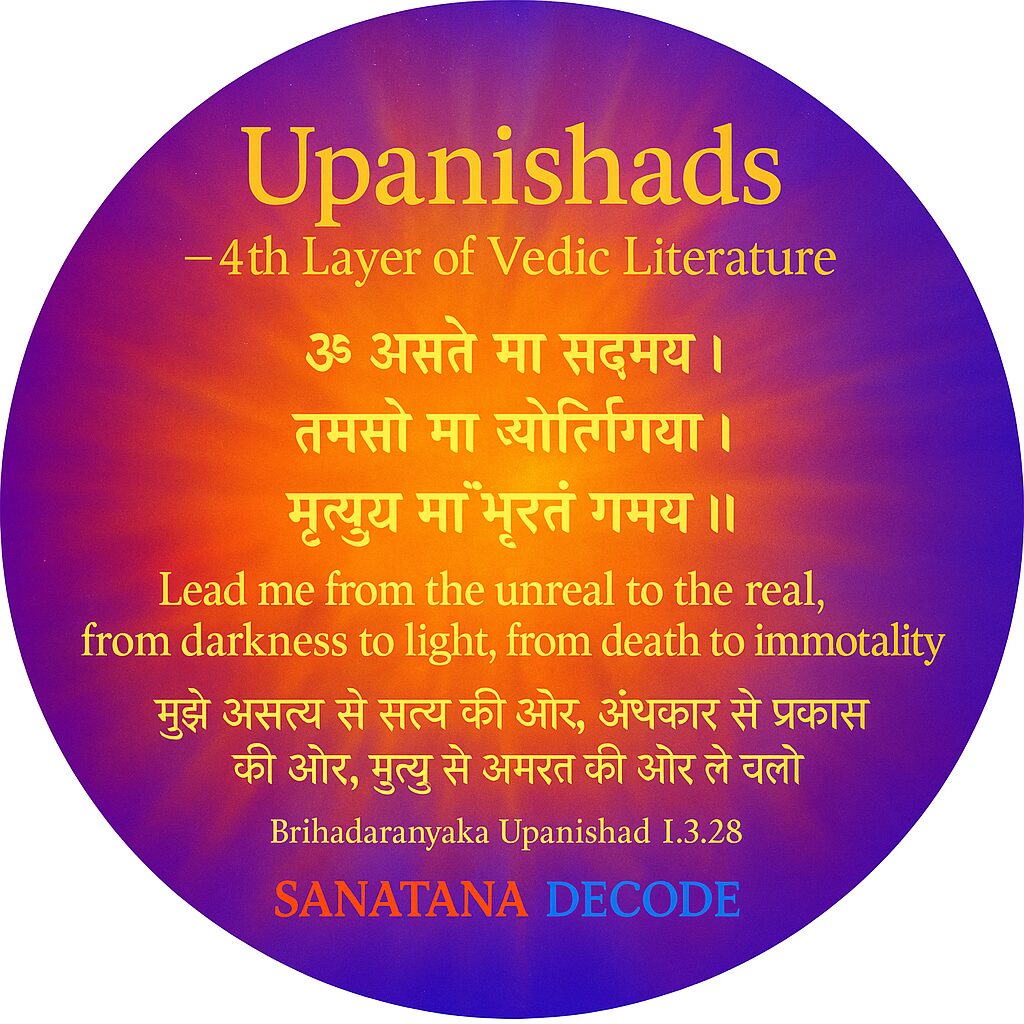
Upnishads – 4th Layer
The Upanishads, the fourth and final layer of Vedic literature, unveil the essence of spiritual wisdom. They delve into profound questions of self, consciousness, and ultimate reality, guiding seekers on a path of inner awakening and liberation (moksha).
Ramayana. Mahabharata. Gita — Three Texts, One Eternal Compass
In the Ramayana, we learn how to walk with dignity.
In the Mahabharata, we witness dharma tangled in complexity.
And in the Bhagavad Gita, we are asked to awaken — even in the battlefield within.
These are not epics of the past, but mirrors of the present, guiding us through devotion, duty, and self-discovery.
Together, they don’t just tell a story — they shape the soul.
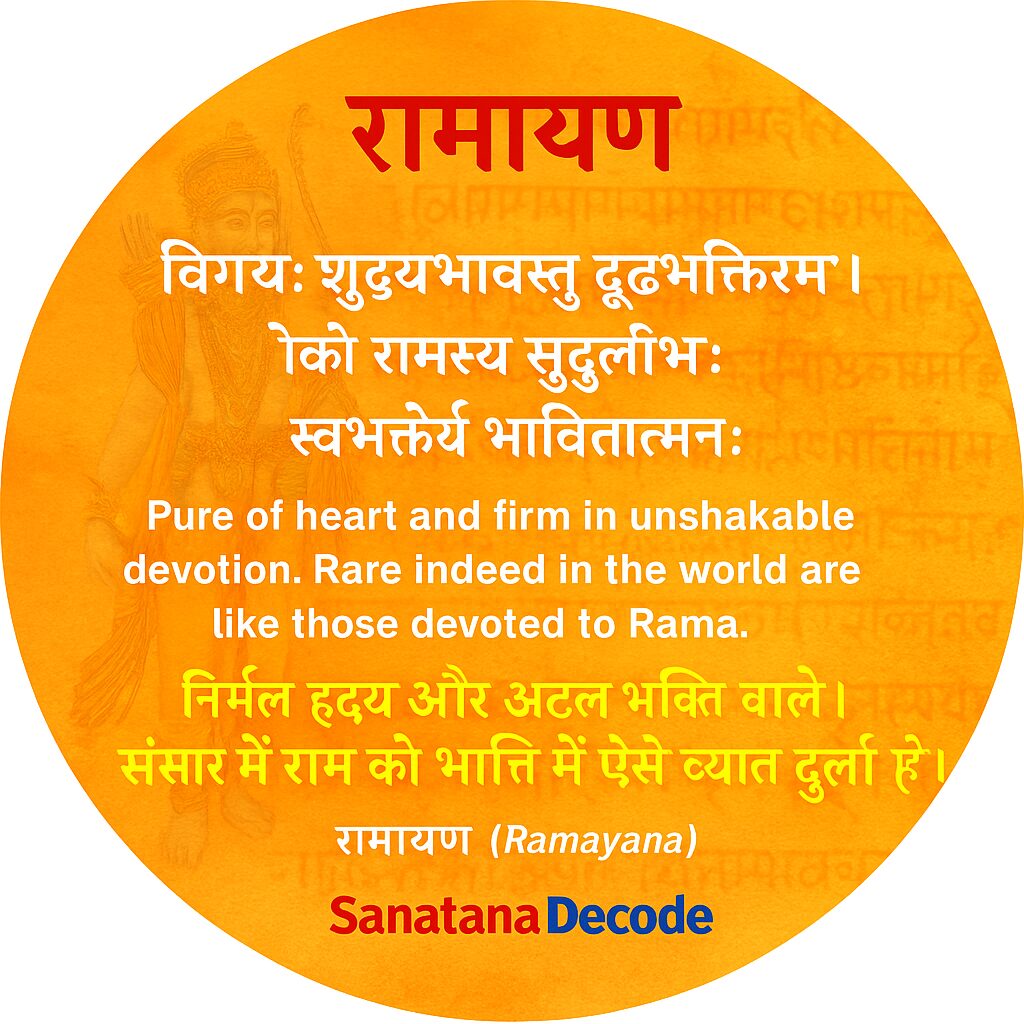
Ramayana
The Ramayana is an epic tale of dharma, devotion, and valor, centered on Lord Rama’s journey. It inspires through timeless ideals of righteousness, family values, and moral courage, deeply enriching the spiritual and cultural fabric of Sanatana Dharma.
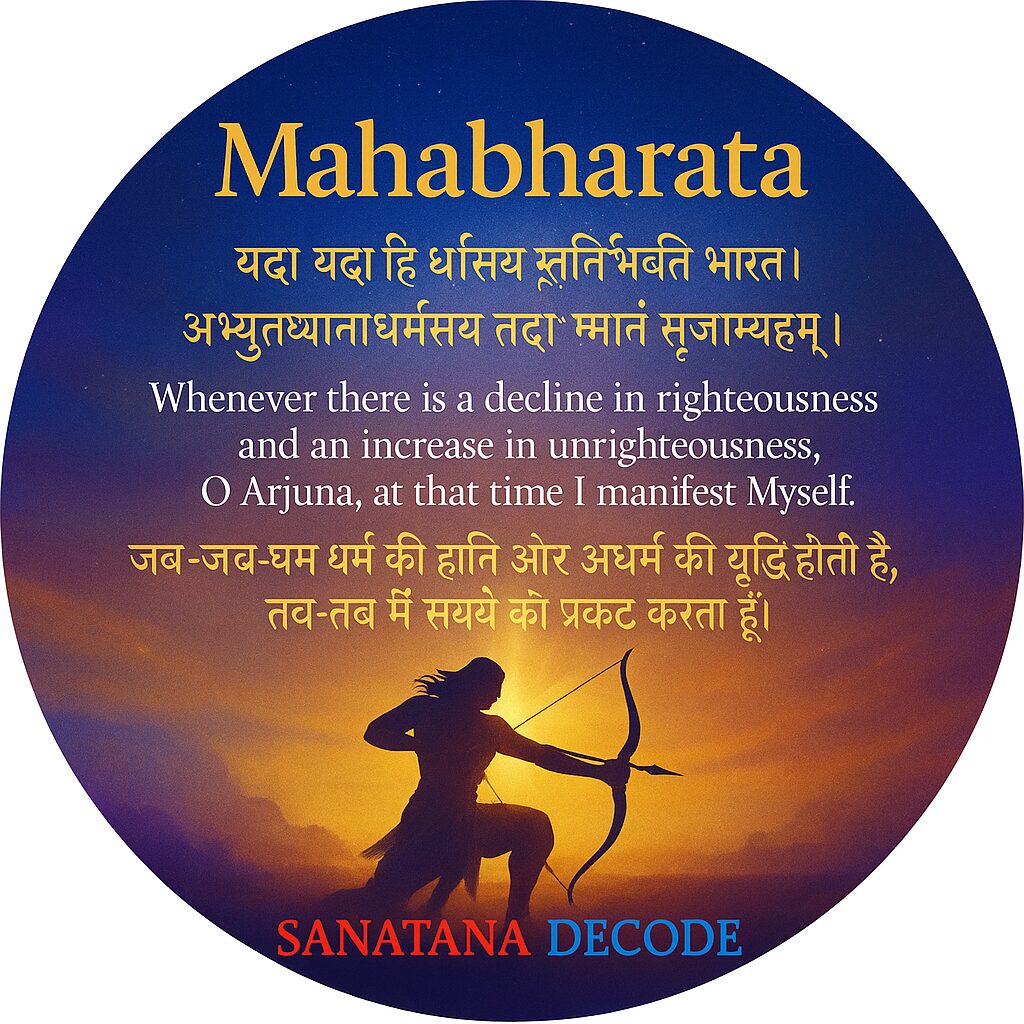
Mahabharat
The Mahabharata, the grand epic of Kurukshetra, weaves together profound philosophy, dharma, and destiny. Featuring the Bhagavad Gita, it explores the human condition, ethical dilemmas, and spiritual wisdom, offering timeless guidance for life’s complexities within Sanatana Dharma.
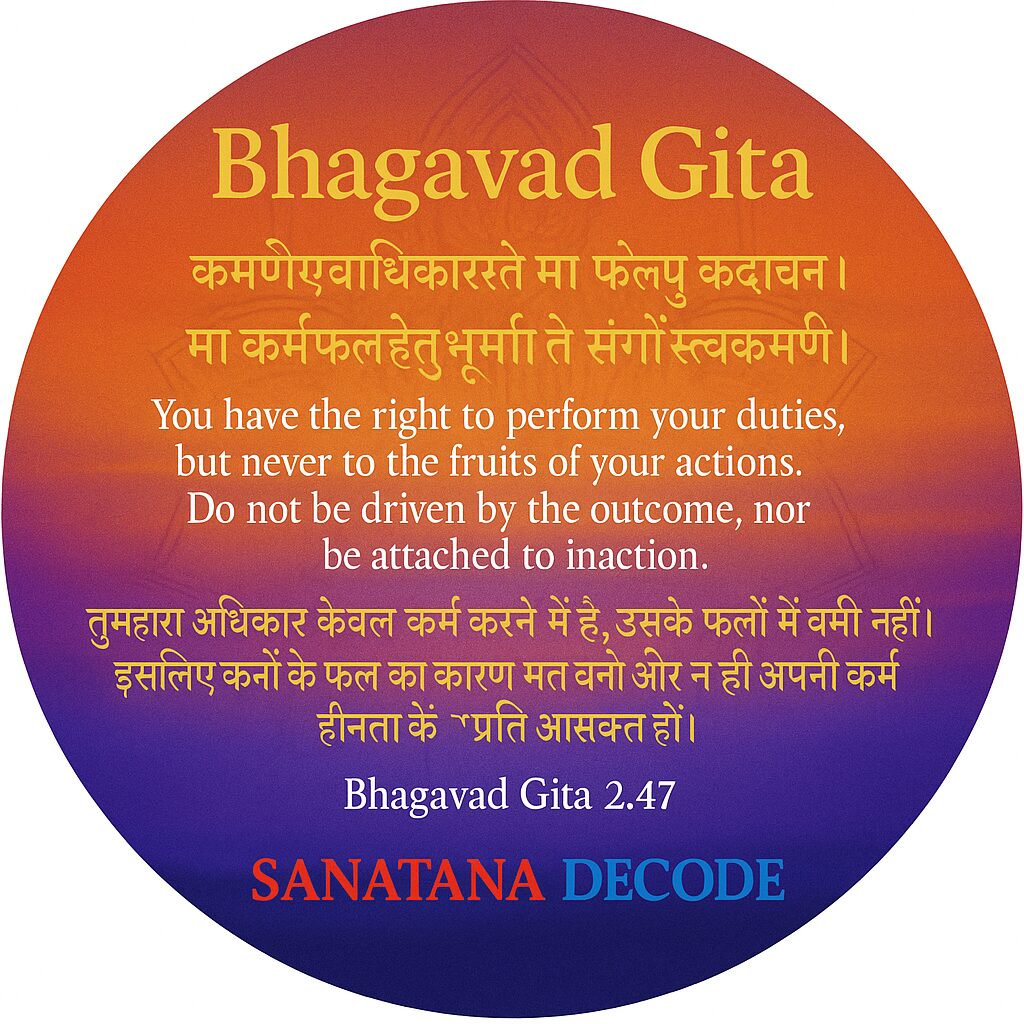
Bhagwad Gita
The Bhagavad Gita, a divine dialogue between Krishna and Arjuna, distills the essence of Vedic wisdom. It offers profound guidance on duty, devotion, self-realization, and balance—serving as a spiritual compass for all seekers of Sanatana Dharma.
Ayurveda. Yoga. Meditation — Heal the Body, Align the Breath, Awaken the Self
Ayurveda purifies the body by remembering it is sacred.
Yoga unites posture with purpose, breath with being.
Meditation stills the storm, revealing the sky that was always clear.
Together, they form the trinity of inner harmony — where health is not escape from pain, but alignment with truth.
This is not just wellness. This is Sanatana wisdom, lived through the body, mind, and soul.
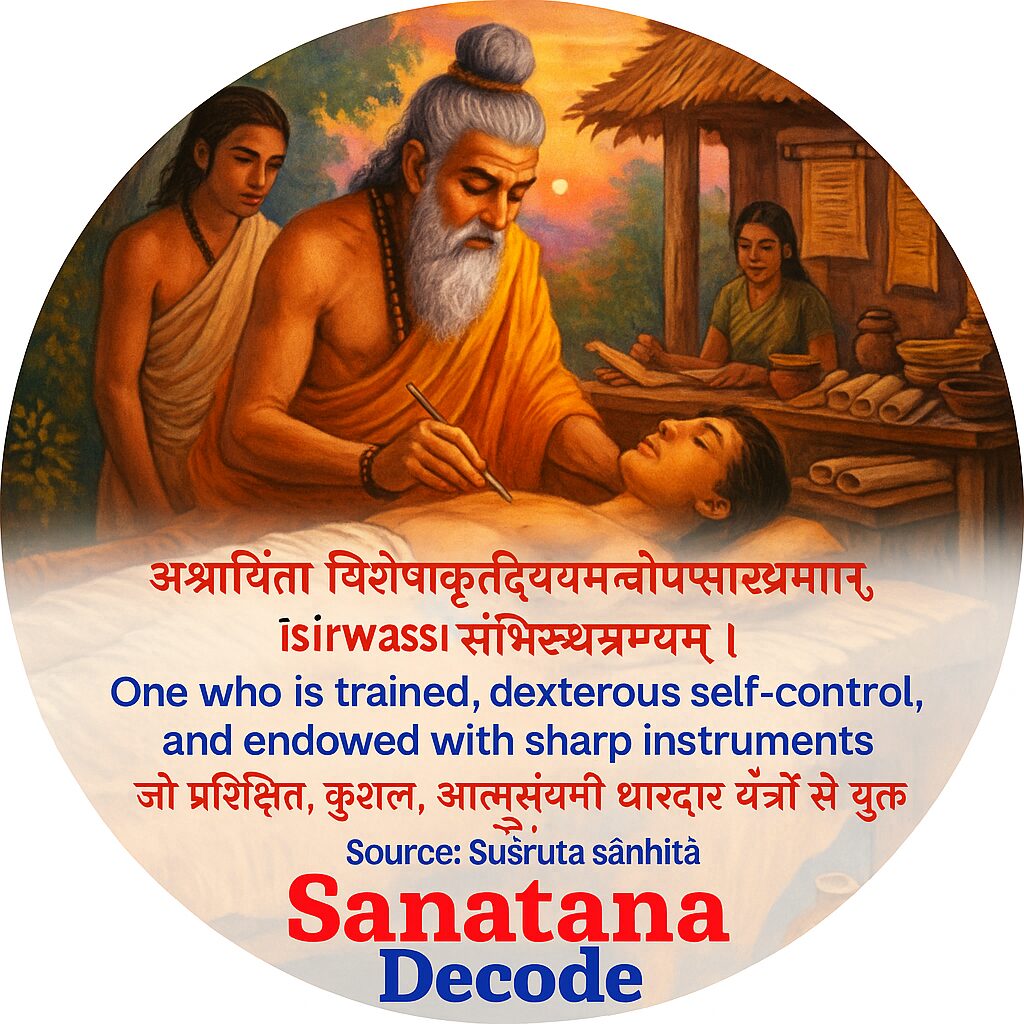
Medicine & Surgery
A vast legacy of healing, diagnostics, and surgical excellence—rooted in ancient texts, herbal wisdom, and the pioneering work of sages like Sushruta. It integrates body, mind, and spirit through scientific knowledge, spiritual insight, and natural harmony.
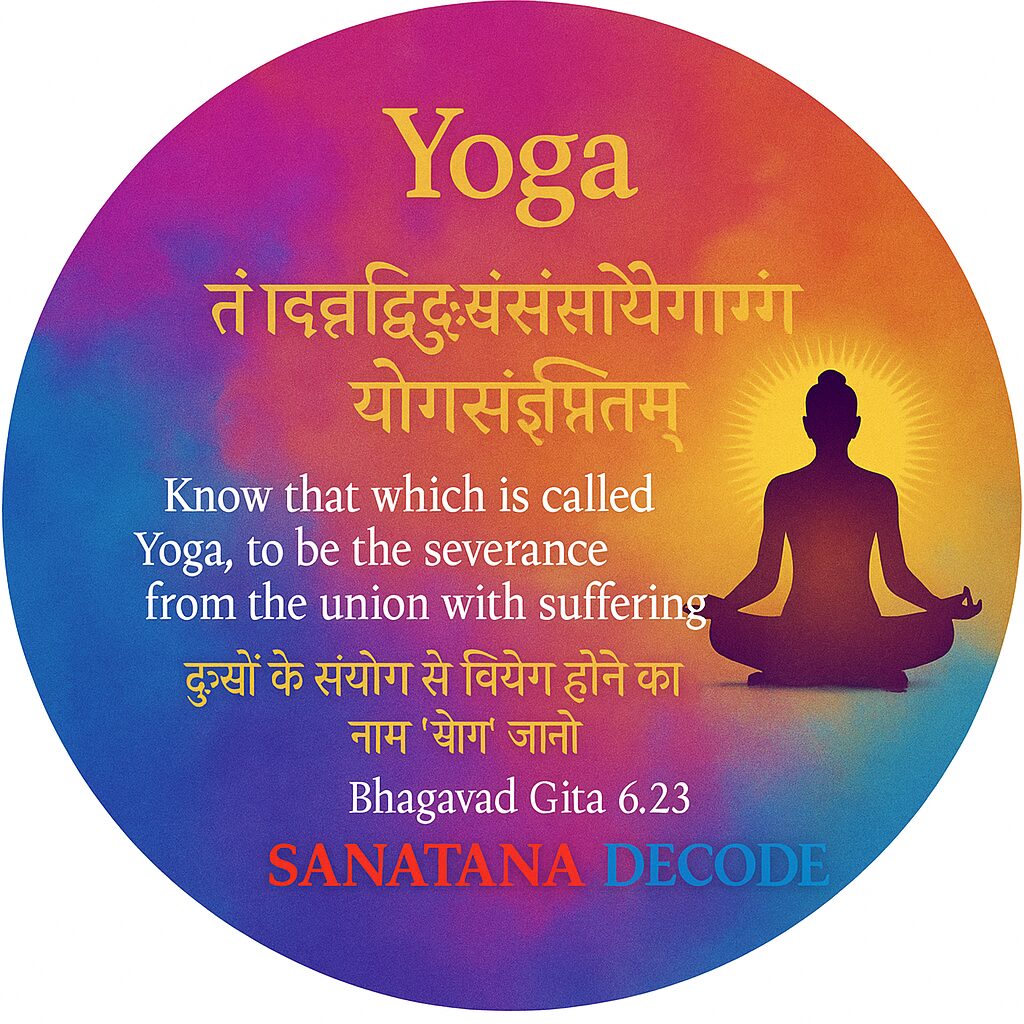
Yoga
Yoga, a timeless gift of Sanatana Dharma, unites body, mind, and soul through disciplined practice. Rooted in the Vedas, it guides seekers toward inner peace, self-mastery, and divine union, offering a holistic path to spiritual and physical well-being..
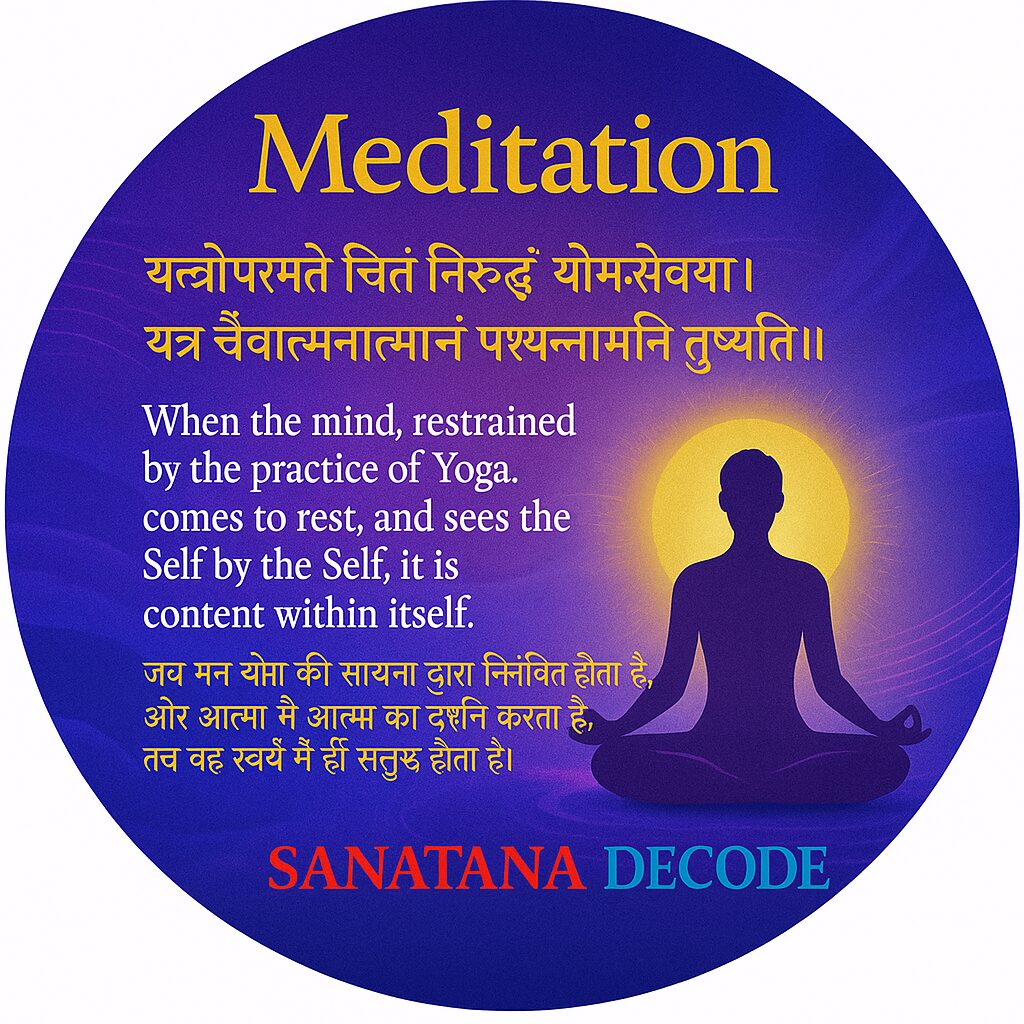
Meditation
Meditation, a core practice of Sanatana Dharma, leads the seeker inward—from noise to stillness, from mind to soul. It cultivates awareness, inner peace, and spiritual awakening, serving as a sacred bridge to self-realization and connection with the divine.
Astrology. Devotion. Rituals — Align the Stars, Open the Heart, Light the Path.
Jyotisha reads the stars not to control fate, but to understand timing with humility.
Bhakti teaches the heart to bow, not out of fear, but out of love.
Rituals give form to the formless — lighting lamps, offering water, chanting names.
Together, they guide the seeker through the outer world of elements to the inner world of experience.
This is not superstition — this is spiritual architecture, crafted in reverence and rhythm.
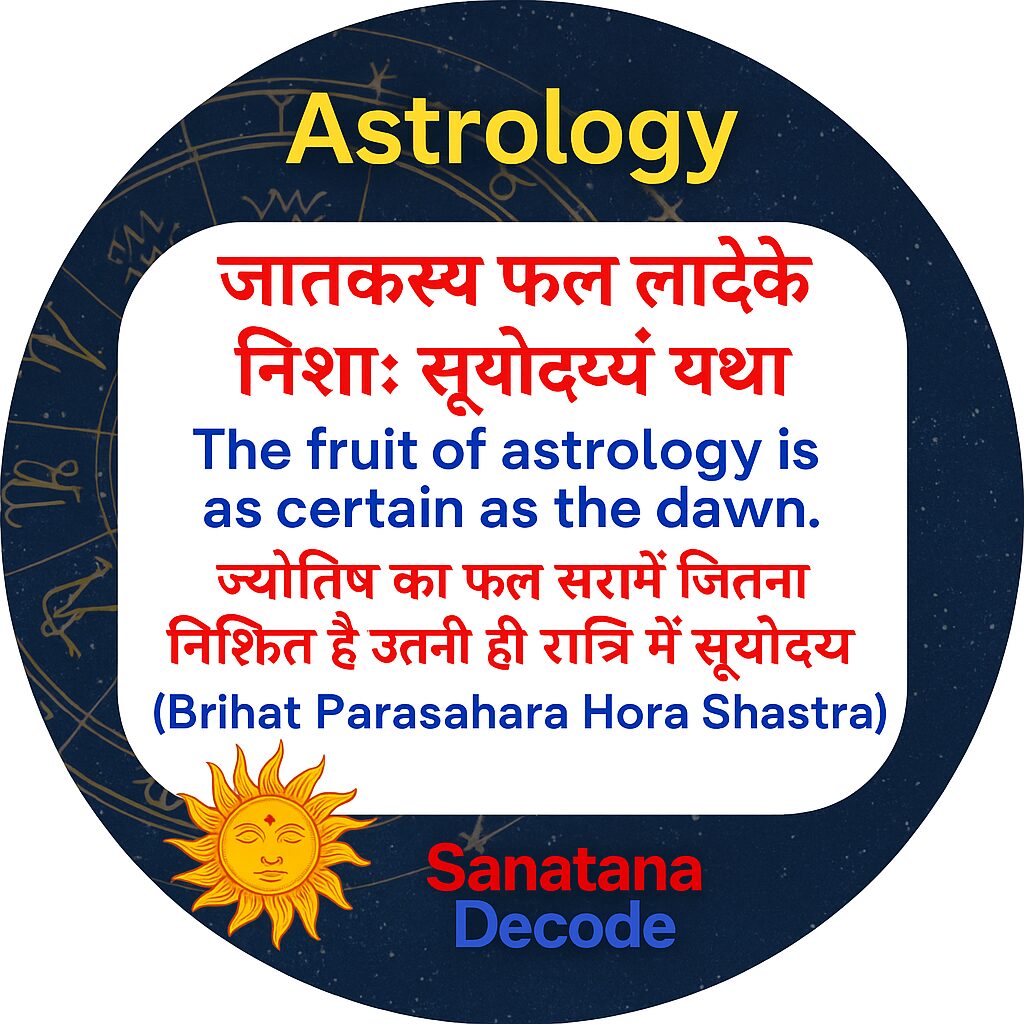
Astrology
Astrology, or Jyotish Shastra, is the divine science of light in Sanatana Dharma. It deciphers cosmic patterns and planetary influences, guiding life’s journey with insight, timing, and purpose—aligning human actions with the rhythms of the universe.
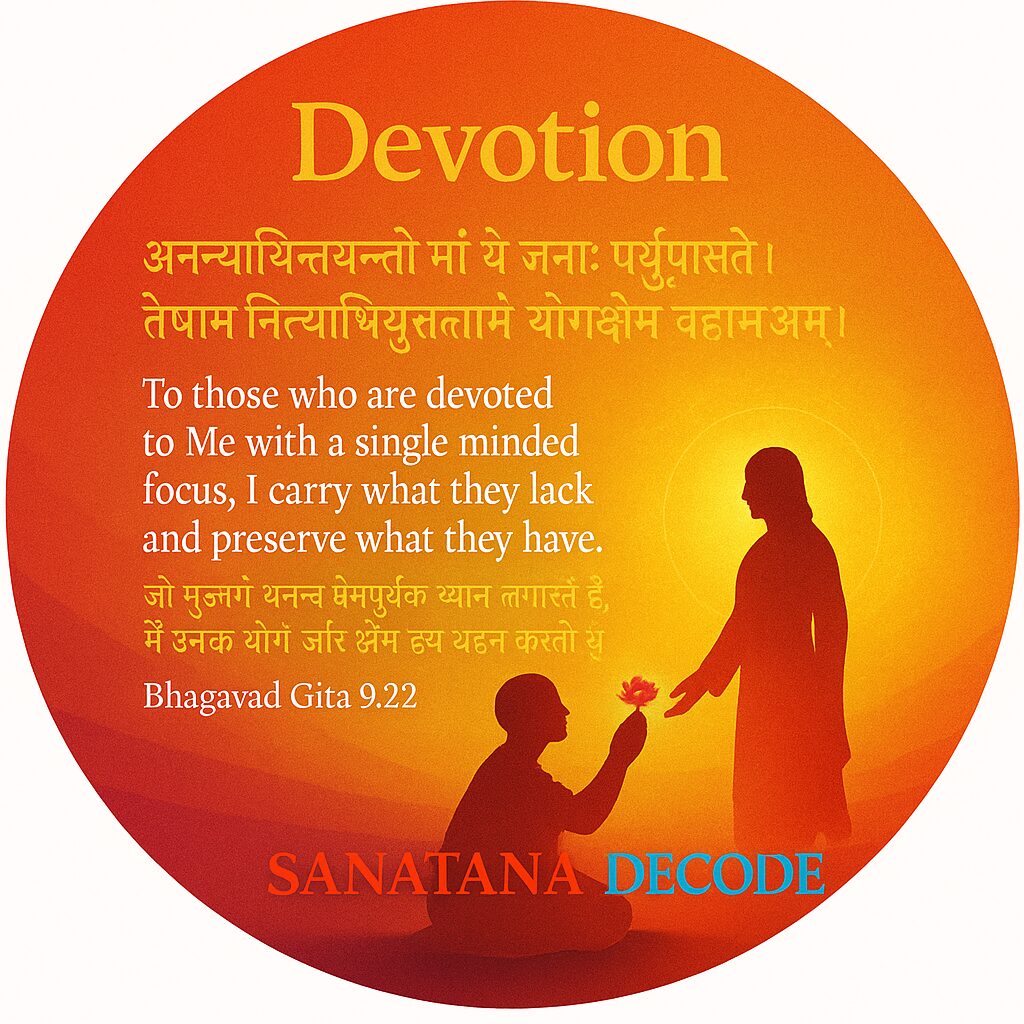
Devotion
Devotion, or Bhakti, is the heart of Sanatana Dharma—an intimate, soulful connection with the Divine. Through love, surrender, and prayer, it transcends ritual, awakening inner bliss and guiding the soul toward grace, purpose, and ultimate liberation (moksha).
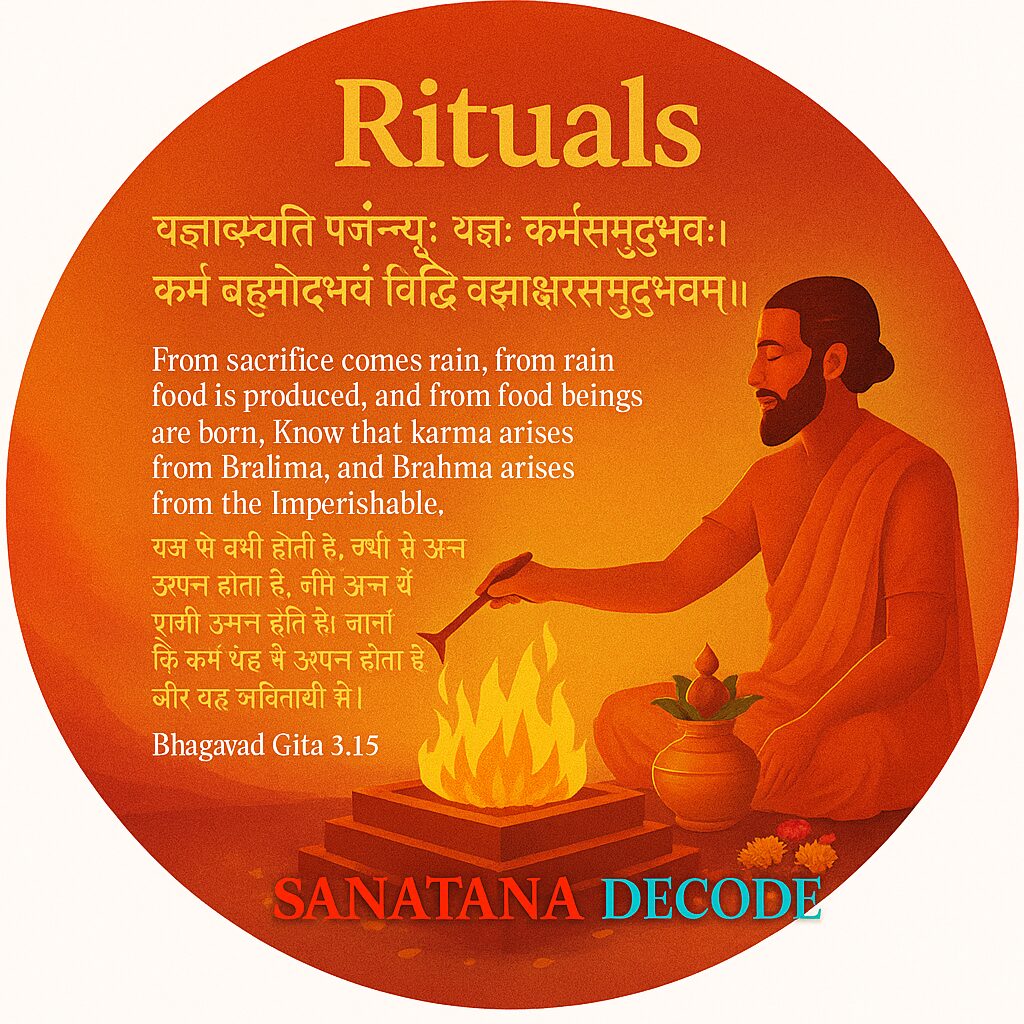
Rituals
Rituals in Sanatana Dharma are sacred acts that align the individual with cosmic order. From daily worship to grand yajnas, they embody spiritual intent, preserve tradition, and sanctify life’s moments—transforming the ordinary into a path of divine connection.
Puranas. Dharma Shastra. Divine Incarnations — Preserving the Lore, Living the Law, Embodying the Divine.
The Puranas narrate timeless legends, cosmology, and sacred lore. Dharma Shastras guide righteous living, law, and ethical duties. Together, they preserve Sanatana Dharma’s essence. Through divine Gods, Goddesses, and Incarnations like Vishnu’s avatars or Devi’s forms, the eternal truth manifests in relatable ways, inspiring devotion, balance, and spiritual evolution across ages. These pillars shape faith, culture, and dharmic life.
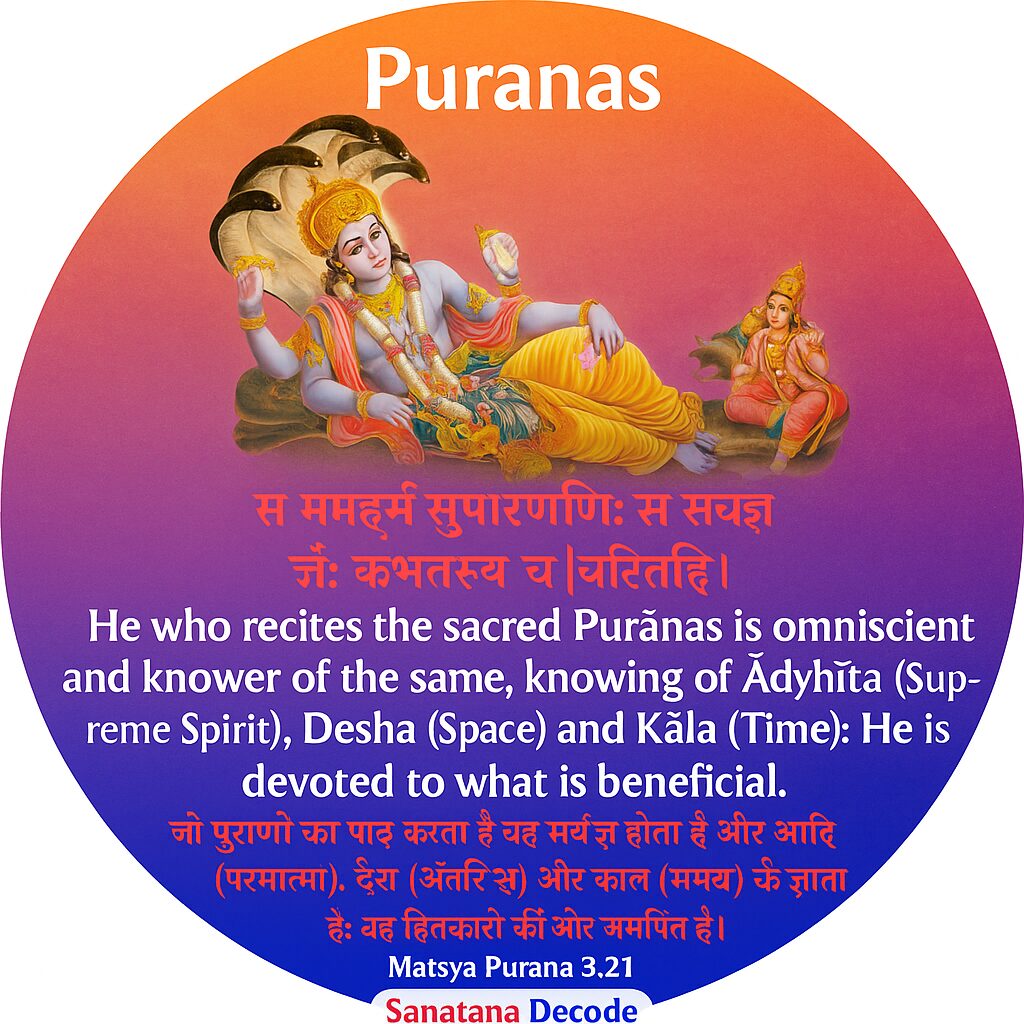
📖 Puranas
The Puranas are timeless treasures of Sanatana Dharma, weaving myth, history, and philosophy into captivating narratives. They illuminate the lives of deities, cosmic cycles, and moral values—making profound truths accessible through stories that inspire devotion, wisdom, and cultural continuity.
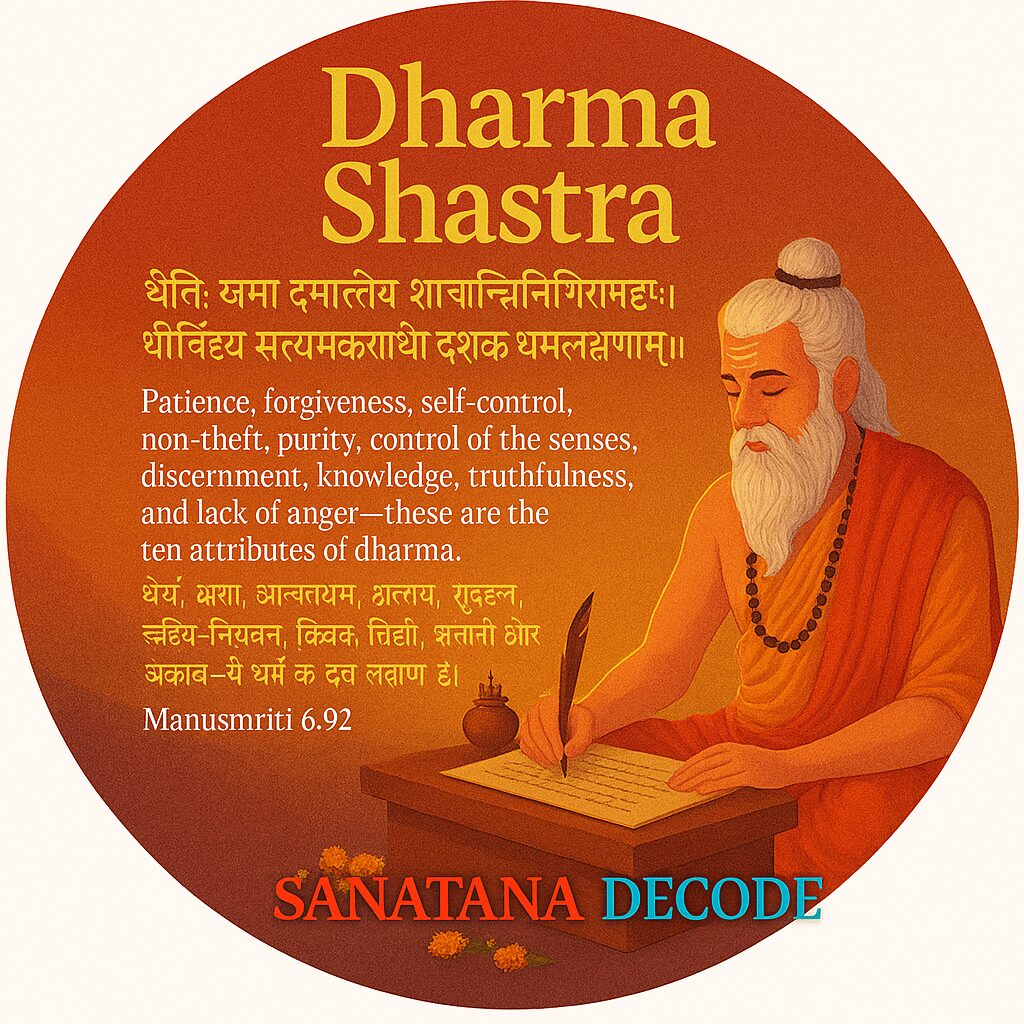
⚖️ Dharma Shastra
Dharma Shastra forms the ethical backbone of Sanatana Dharma, outlining righteous living through duties, laws, and moral principles. It guides individuals and society in upholding order, justice, and harmony, rooted in timeless wisdom and cosmic balance.
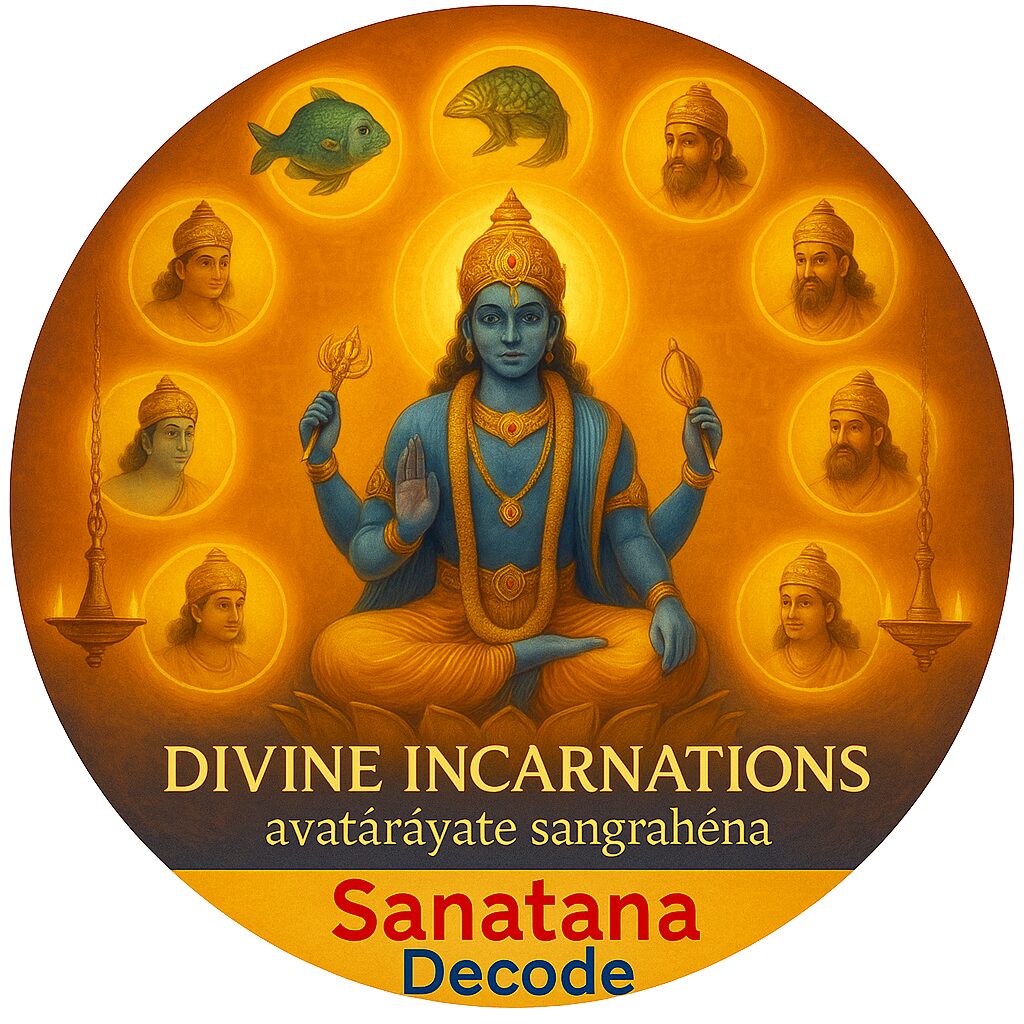
Divine Incarnations
Divine Incarnations are sacred manifestations of deities like Vishnu, Shiva, and Devi, who descend to restore dharma, protect devotees, and destroy evil. These avatars guide humanity through their lives, teachings, and timeless examples of righteousness and compassion.
Sages. Aartis. Stotrams — Guiding with Wisdom, Glowing with Devotion, Resonating with Grace.
Sages are the seers and spiritual scientists of Sanatana Dharma who revealed divine truths through deep tapas and wisdom. Aartis are devotional songs offered with light, expressing love and reverence. Stotrams are sacred hymns praising deities, embodying both poetry and power. Together, they guide, uplift, and connect seekers to the divine through knowledge, devotion, and spiritual vibration.
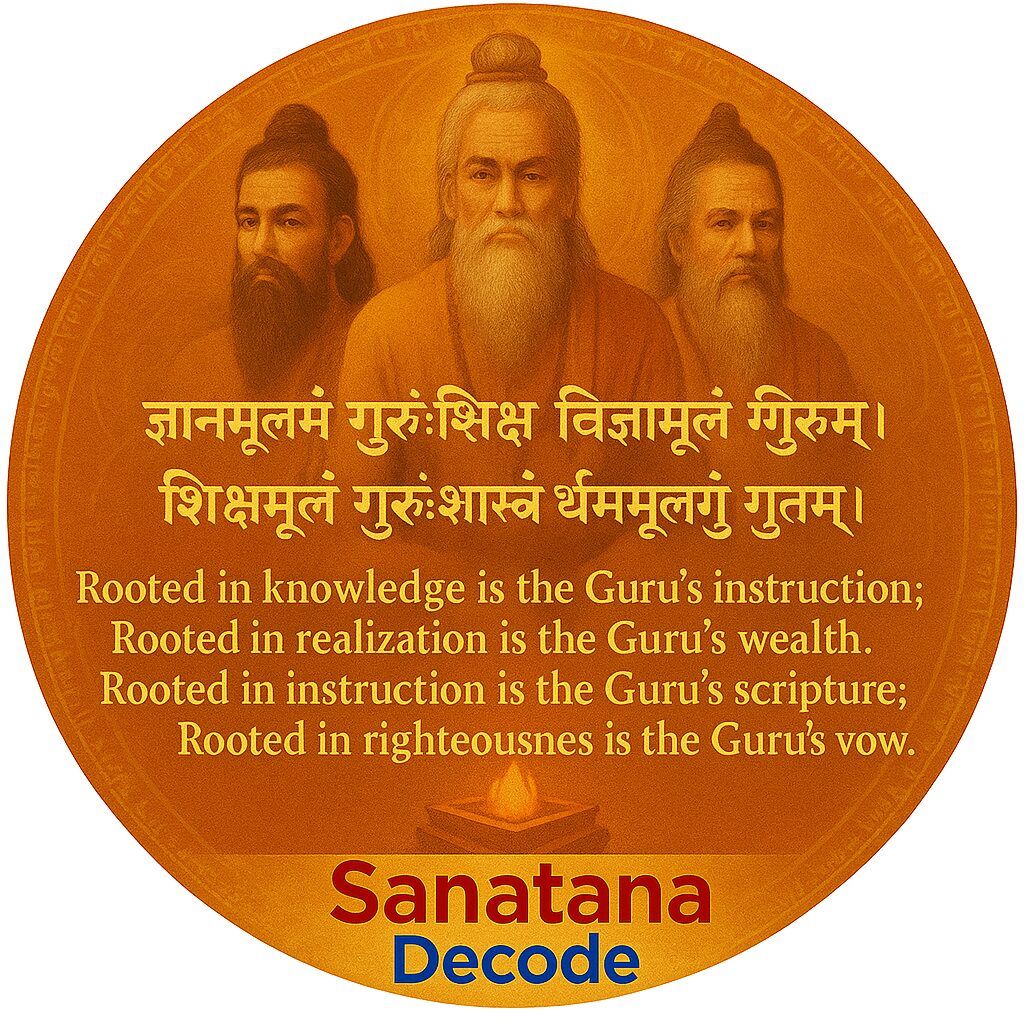
📖 Sages
Sages are enlightened seers who realized ultimate truths through deep meditation and penance. They composed scriptures, guided kings, and shaped Sanatana Dharma’s spiritual foundation. Their lives and teachings continue to inspire seekers on the path of inner awakening.
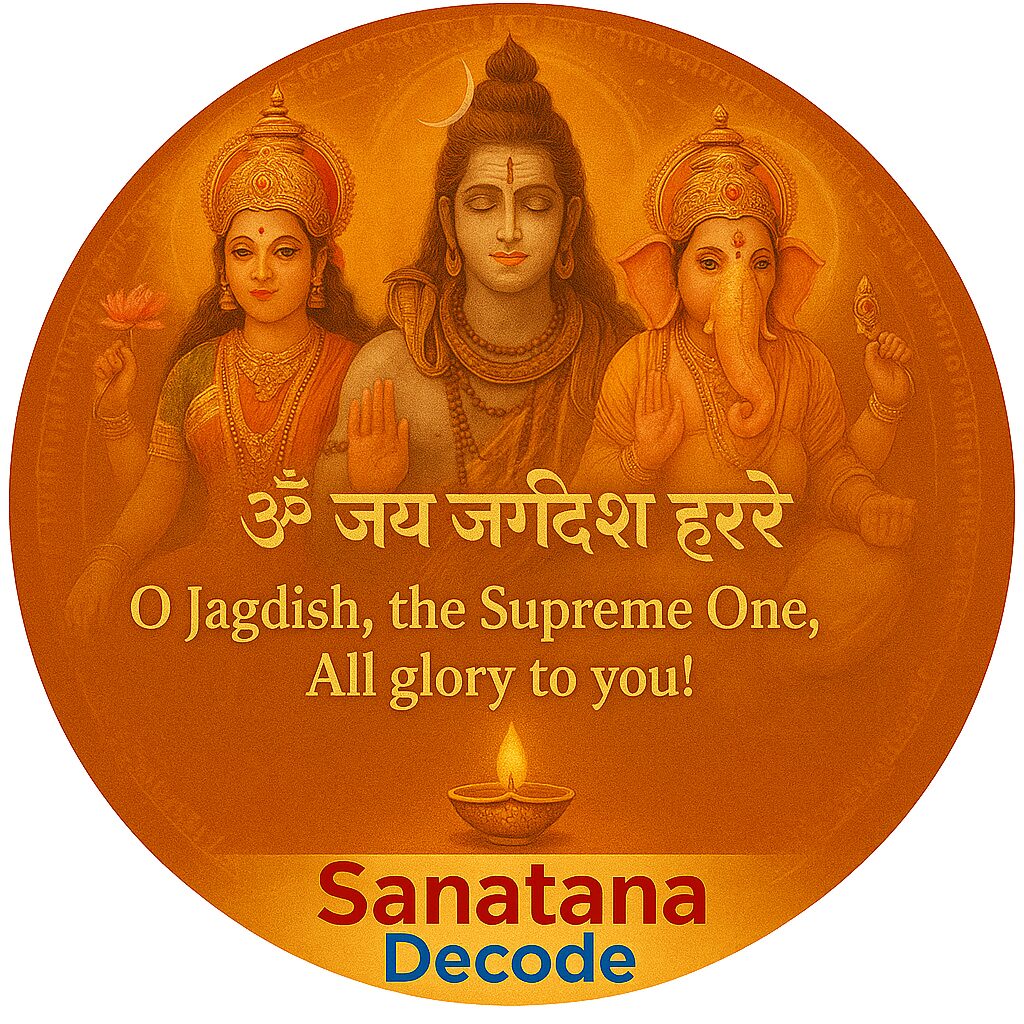
⚖️Aartis
Aartis are devotional rituals performed with lighted lamps, accompanied by sacred songs glorifying deities. They express love, and gratitude, inviting divine presence. Aartis create a spiritual atmosphere, uplifting the mind and connecting devotees to the divine through heartfelt devotion.
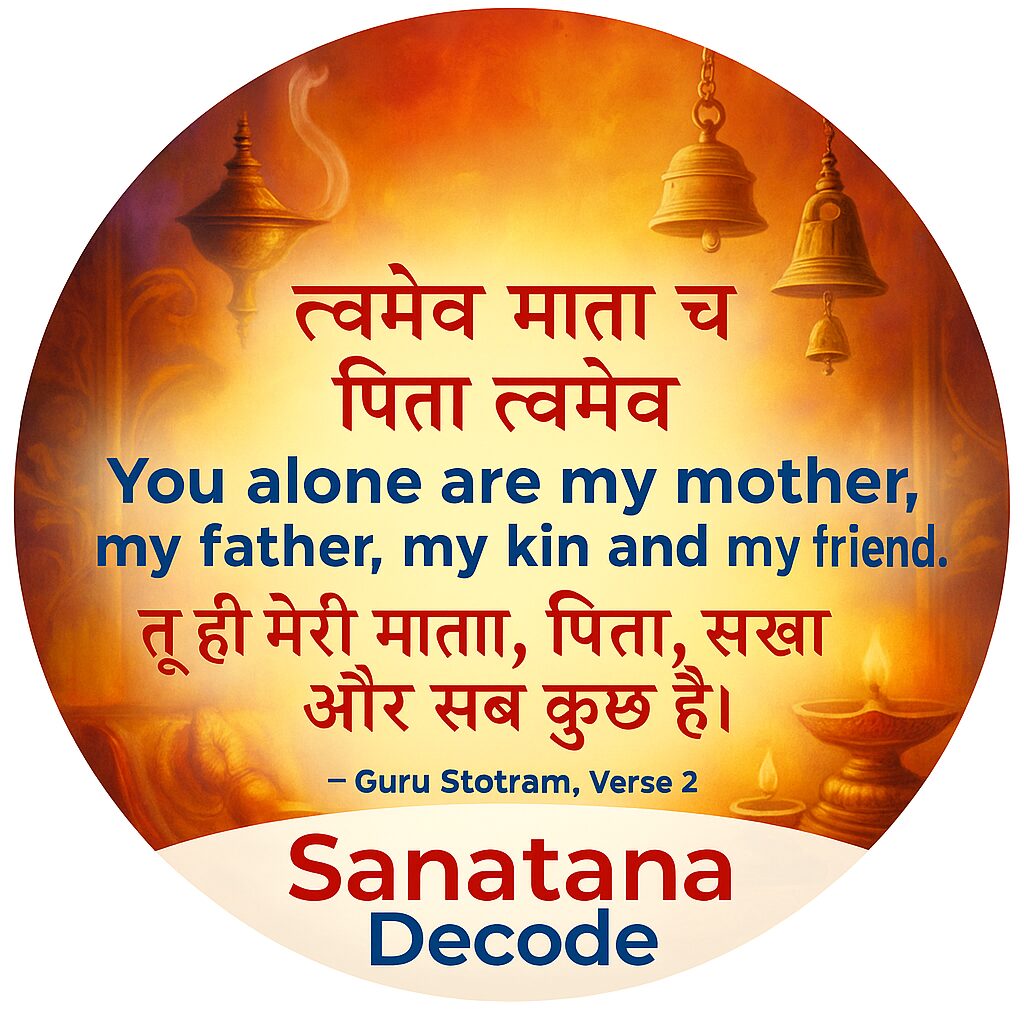
🪔Stotrams
Stotrams are sacred hymns composed by sages and devotees to praise deities with devotion and poetic beauty. Rich in spiritual energy, they invoke divine grace, offer protection, and elevate the mind, making them powerful tools for daily prayer and meditation.
Temples, Festivals, and Kings— Enshrining the Divine, Celebrating the Sacred, Upholding the Dharma.
Temples are spiritual centers where divine presence is invoked and worshipped. Festivals celebrate cosmic events, deities, and seasonal rhythms with joy and devotion. Kings of ancient Bharat were guardians of dharma, supporting sages, scriptures, and temple culture. Together, they nurtured Sanatana Dharma’s spiritual, cultural, and social fabric—preserving sacred traditions, inspiring community harmony, and honouring the divine in every aspect of life.
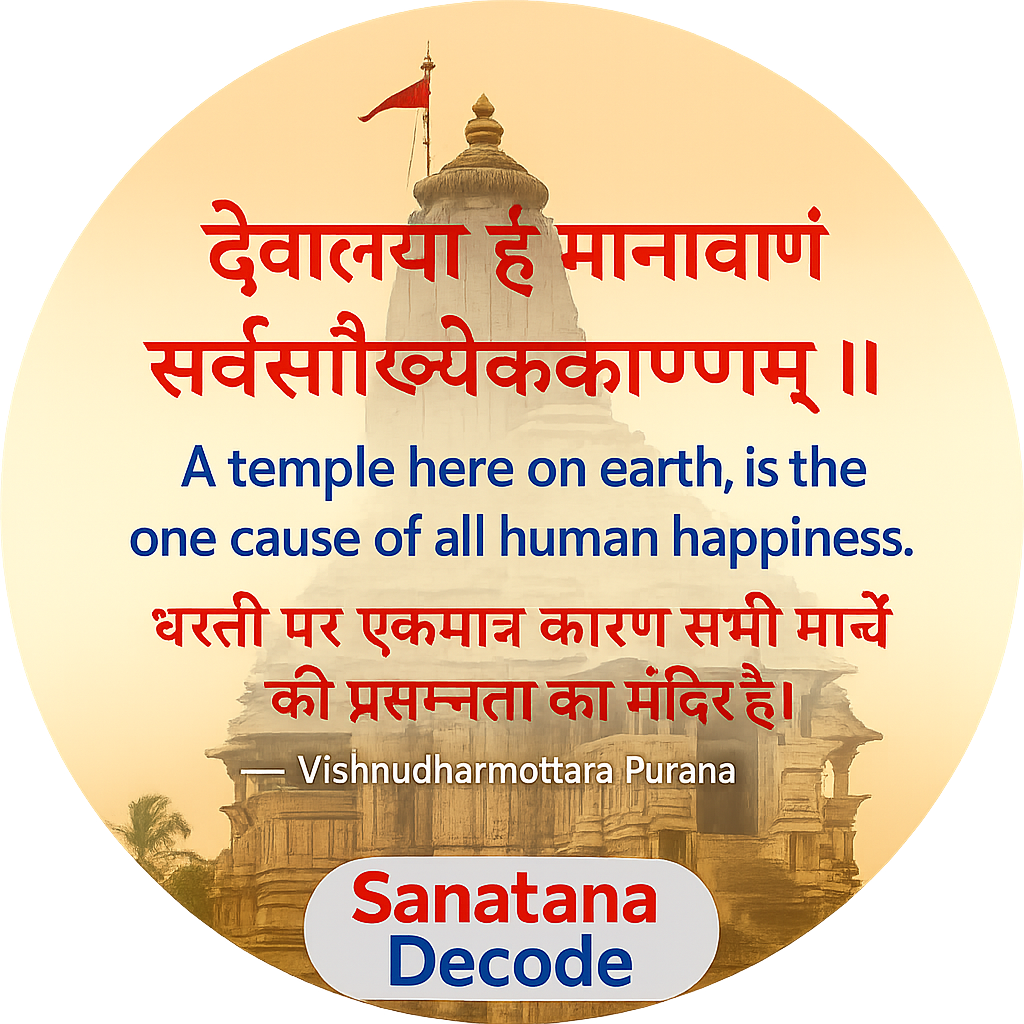
Temples
Temples in Sanatana Dharma are sacred spaces where the divine manifests on Earth. Beyond architecture, they serve as spiritual energy centers—inviting prayer, devotion, and inner transformation. Each temple is a bridge between the seeker and the Supreme Consciousness.
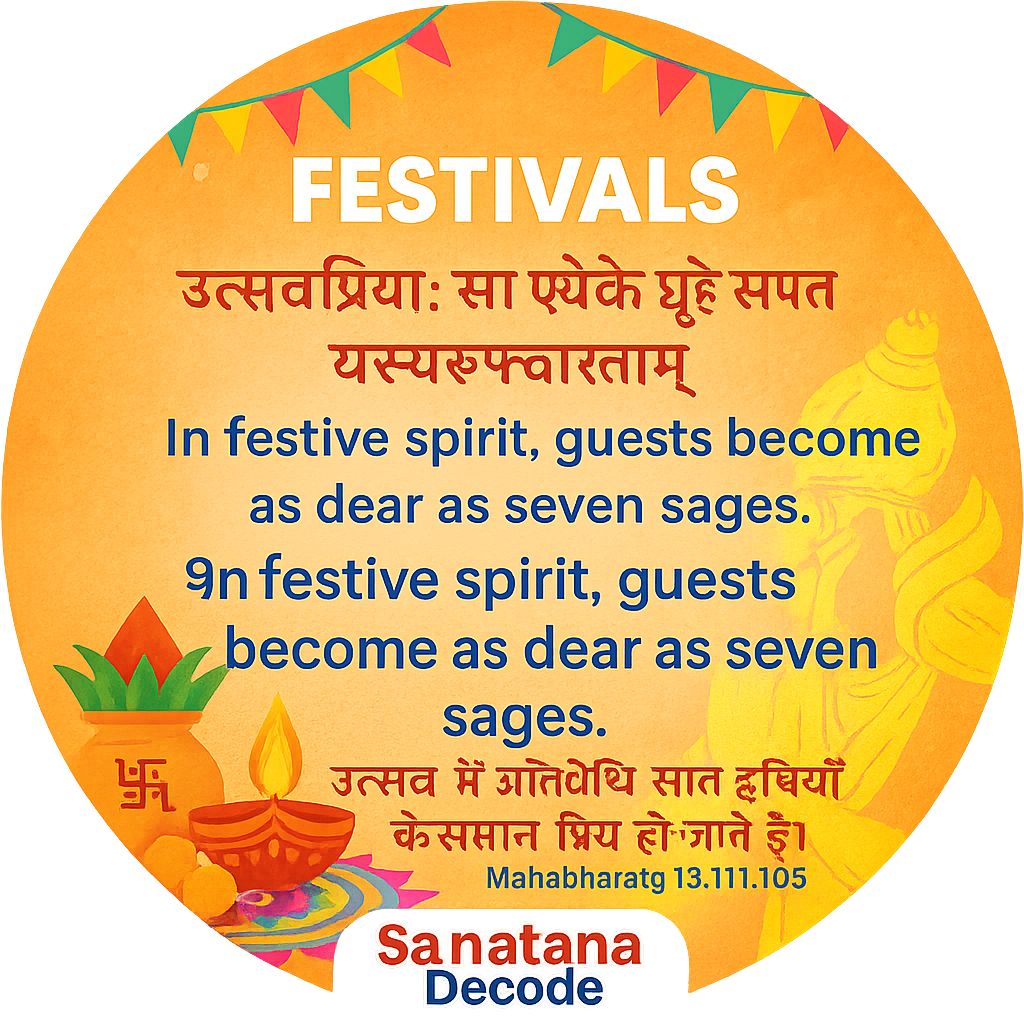
Festivals
Festivals in Sanatana Dharma celebrate the divine rhythm of life through joy, devotion, and cultural expression. Each festival honors deities, cosmic events, or sacred legends—strengthening spiritual bonds, family unity, and timeless values with vibrant rituals, music, and community celebrations.
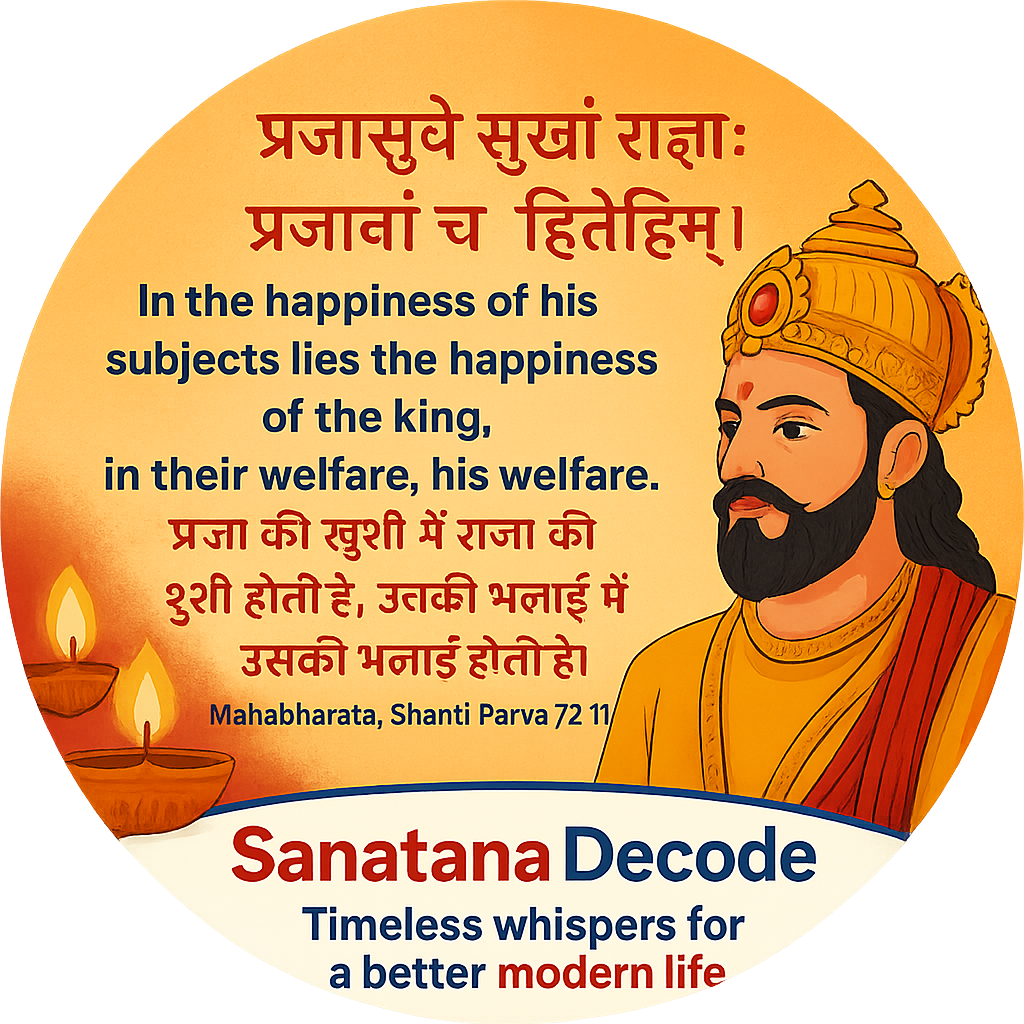
Kings
Kings in Sanatana Dharma were seen as dharmic rulers—protectors of righteousness, justice, and cultural heritage. Their lives and decisions, guided by spiritual wisdom, shaped civilizations and epics, reflecting the ideal blend of power, responsibility, and devotion to divine order.
Jainism. Buddhism. Sikhism — Three Lights. One Horizon. Boundless Paths of Dharma
Jainism showed the power of stillness and ahimsa taken to its purest form.
Buddhism offered a path of insight, silence, and the freedom beyond craving.
Sikhism brought devotion into daily life — fearless, grounded, and divine.
Though born in different times, they echo the same Sanatana truth:
That truth is not owned — it is discovered, lived, and shared.
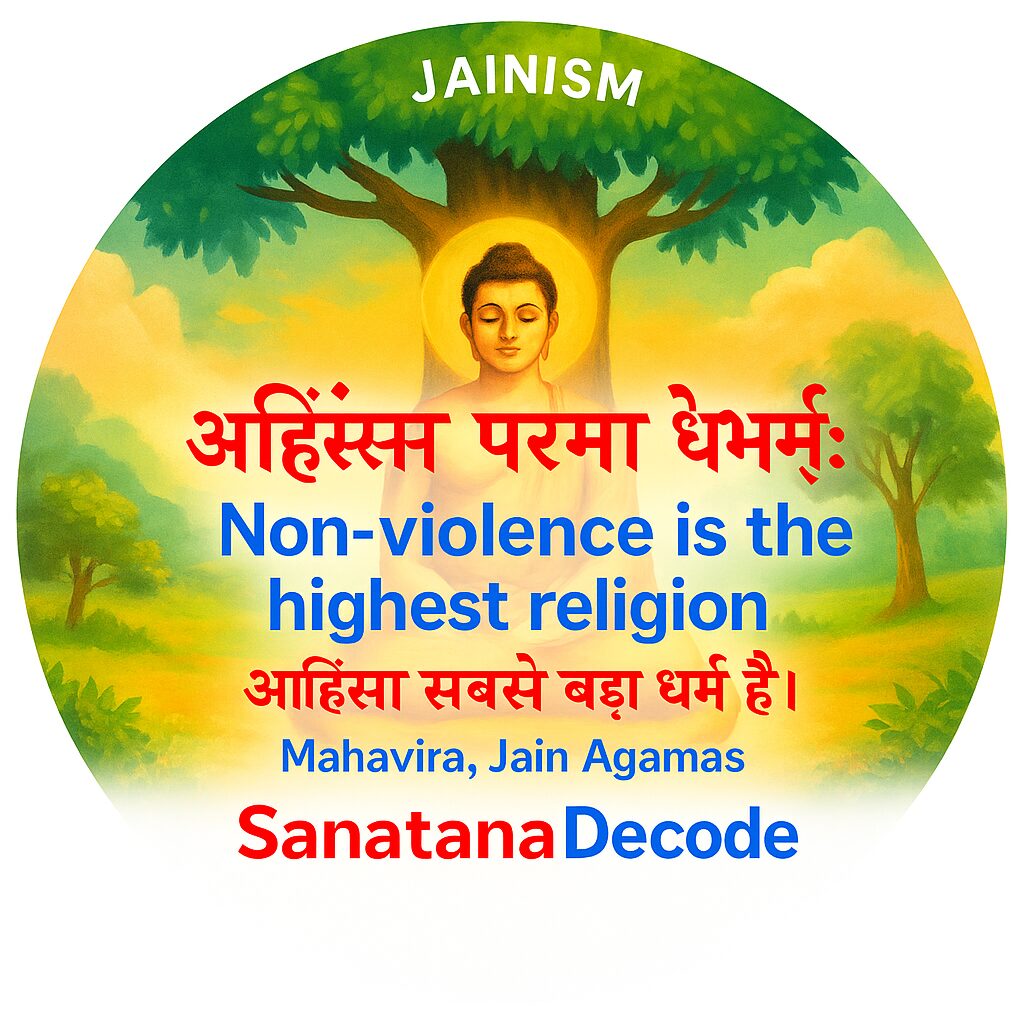
Jainism
Jainism, rooted in ancient Indian wisdom, emphasizes non-violence (ahimsa), truth, and spiritual purity. It advocates self-discipline, renunciation, and compassion toward all living beings, guiding seekers toward liberation (moksha) through right knowledge, right faith, and right conduct in harmony with dharma.
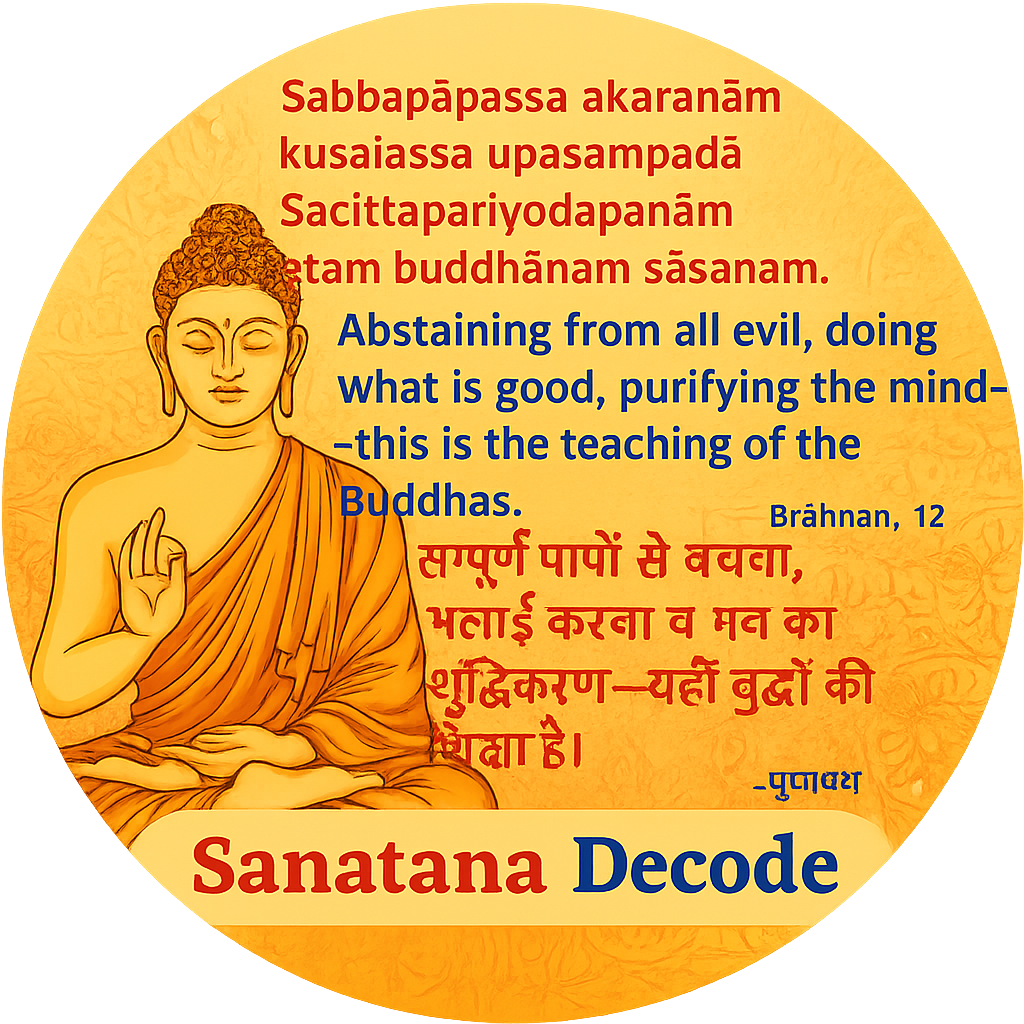
Budhism
Buddhism, born from the spiritual quest of Siddhartha Gautama, teaches the path to liberation through mindfulness, compassion, and inner awakening. Rooted in dharma, it emphasizes the Four Noble Truths and the Eightfold Path to transcend suffering and attain enlightenment.
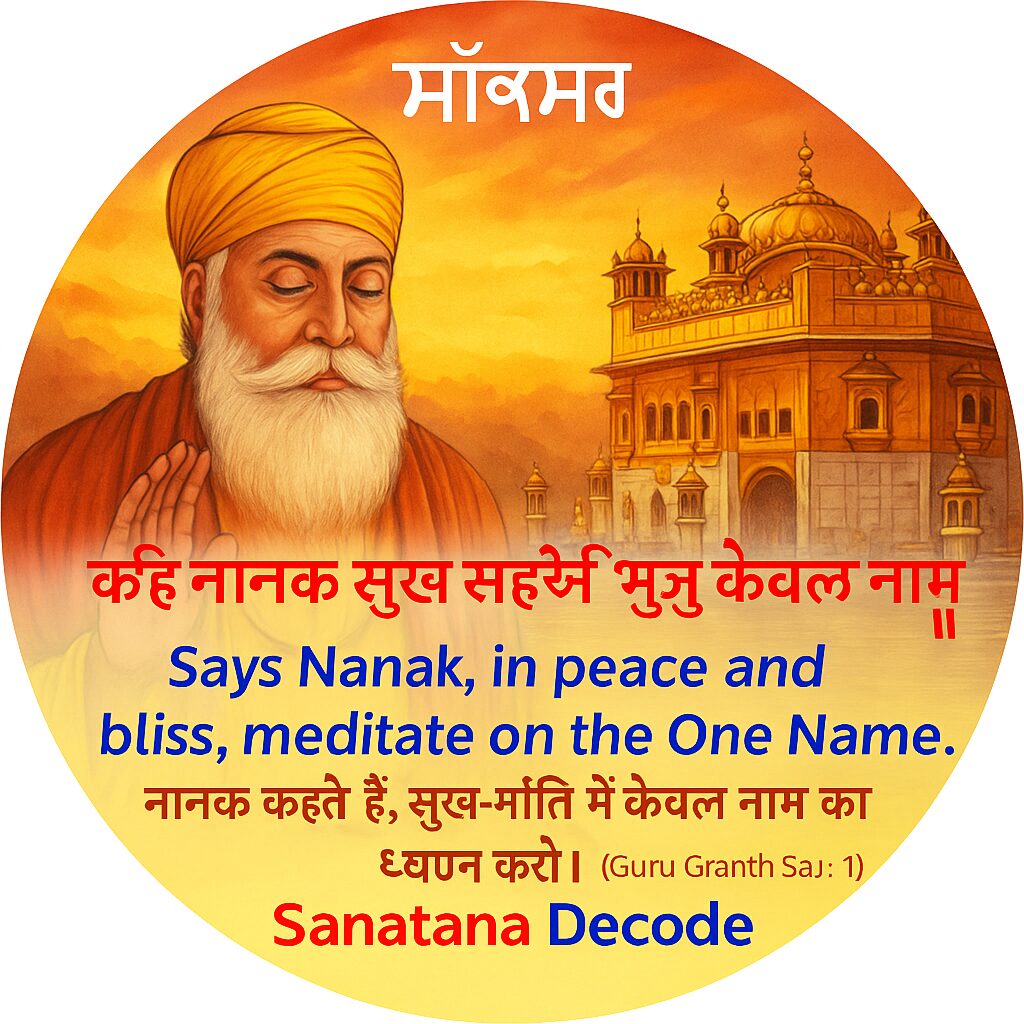
Sikhism
Sikhism, founded by Guru Nanak Dev Ji, emphasizes devotion to one God, equality, and righteous living. Rooted in love, service, and truth, it blends spiritual wisdom with daily action—guiding seekers on a path of inner strength and universal harmony.
Feedback and Reviews
This section highlights positive testimonials from clients, showcasing their experiences and satisfaction with our services.
Sanatana Decode beautifully nourishes my soul daily — simple, inspiring, and deeply spiritual. A true blessing for homemakers!

Carly
A home maker
A refreshing, insightful escape from my fast-paced IT life — blending ancient wisdom with modern clarity and purpose.

Rahul
IT Consultant
A meaningful daily dose of inner peace and timeless wisdom — rejuvenates my mind beyond the clinical routine.

Vinita
Doctor
